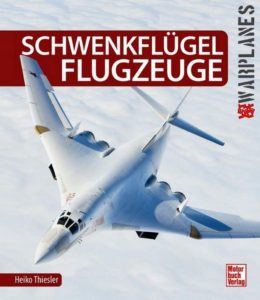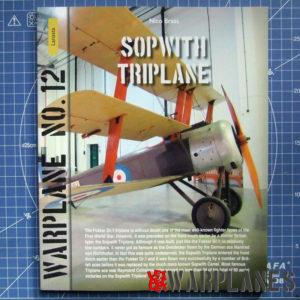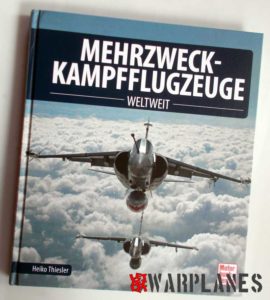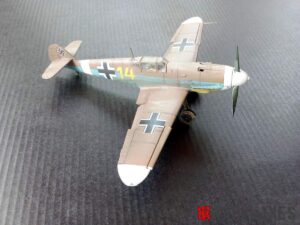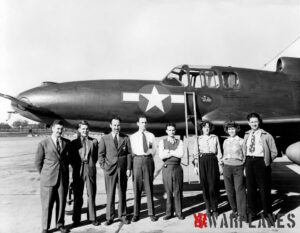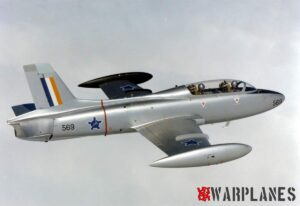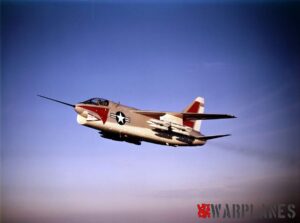Geen laag te hoog
The Dutch publisher ‘Lanasta’ from Emmen – the Netherlands had already established quite a reputation for its nautical books. Since a few years Lanasta has also started the publication of aviation books under the name ‘Violaero’. Well-known meanwhile are the books on the Fokker G-1, Fokker D.21, Fokker C.V and a German publication on the pre-WW II Deutsche Lufthansa.
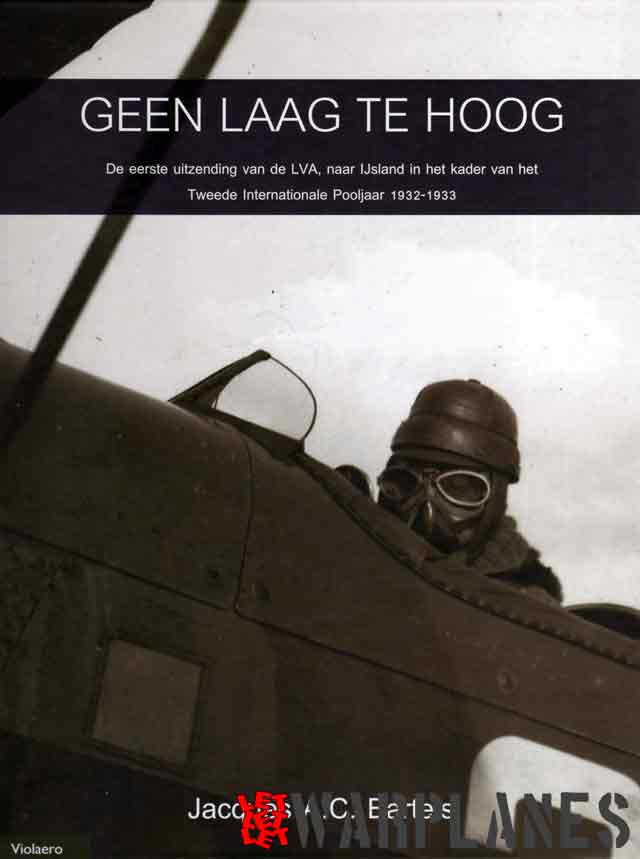
On Monday 27 May 2013 a new Violaero title was officially introduced during a small ceremony at the MLM aviation museum at Soesterberg. Title is ‘Geen laag te hoog’; in English ‘No layer too high’ where ‘layer’ pertains to layers of air. The book is on a very specific topic: the flying of two LVA Fokker D-VII fighters during 1932-1933 at Iceland to collect meteorological data at high altitudes between 5000 and 7000 m.
In fact this activity was a joint venture between the Royal Netherlands Meteorological Institute ‘K.N.M.I.’ (Koninklijk Nederlands Meteorologisch Instituut) and the Dutch pre-WW II military air service ‘LVA‘. In the frame of the Second International Polar Year a small weather station was set up near Reykjavik. The cooperation between K.N.M.I. and LVA consisted of two Fokker D-VII fighters with their pilots van Giesen and Bosch, Flight-mechanic van der Leden and their family. The two pilots made over a year a few hundred flights with their D-VII fighter fitted with meteorological instruments under extreme conditions up to an altitude of some 7000 m. All this was done:
-without a working compass (due to the ore in the Icelandic mountains)
-without a board radio
-without an on-board heating system
-without an oxygen supply system
-without a parachute
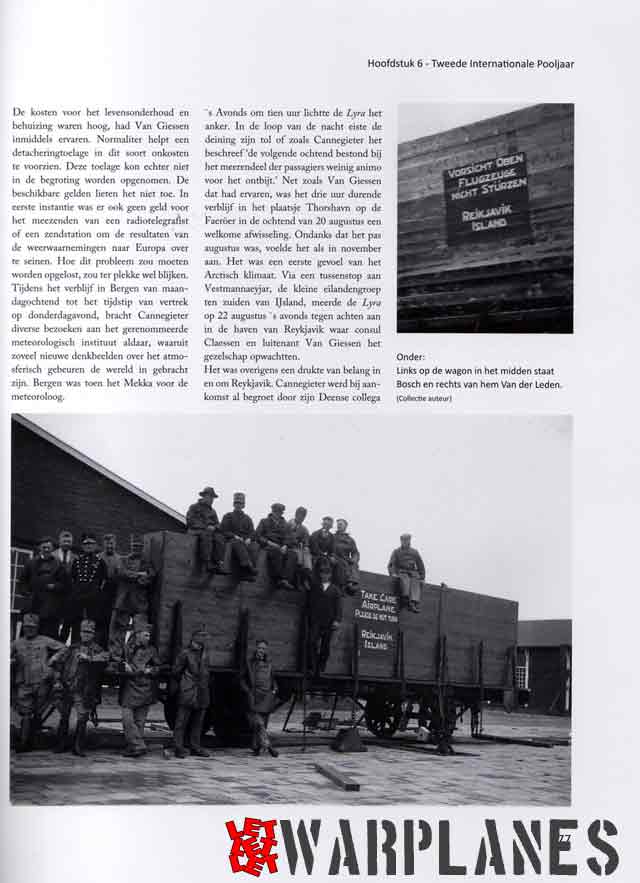
We can only say the both pilots flew under very harsh conditions in a manner that would have been forbidden today! We must realize that all equipment these brave pilots were lacking were at that time still under development. Also medical knowledge of the effects of flying at high altitudes was not yet fully understood. However, the flight experiences of the two pilots greatly influenced future flying at high altitude!
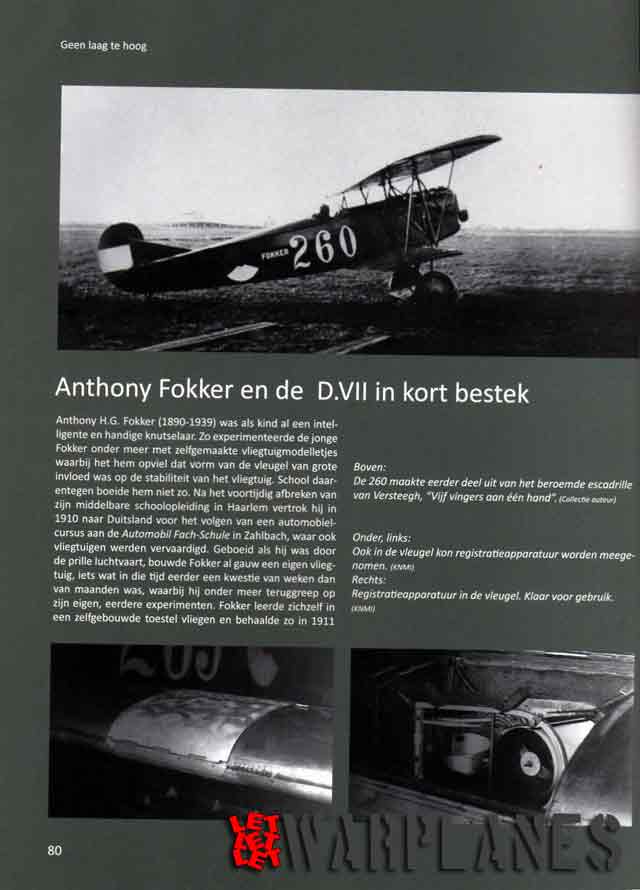
Except for a vivid description of this one year period the author also give much more information like:
-the early development of weather reporting and weather stations when meteorology became a serious science.
-early meteorological observations made by aircraft at airbase Soesterberg to provide weather details for flying.
-development of high-altitude flying for meteorological purpose at Soesterberg military airbase
– a short chapter on the sinking of the steamer Salento in the North Sea and the assistance military pilots tried to give from the air (pilot Bosch who participated was also active in Iceland!)
-a short chapter on tests on ‘rain making’ by aircraft in cooperation with Dutch scientist
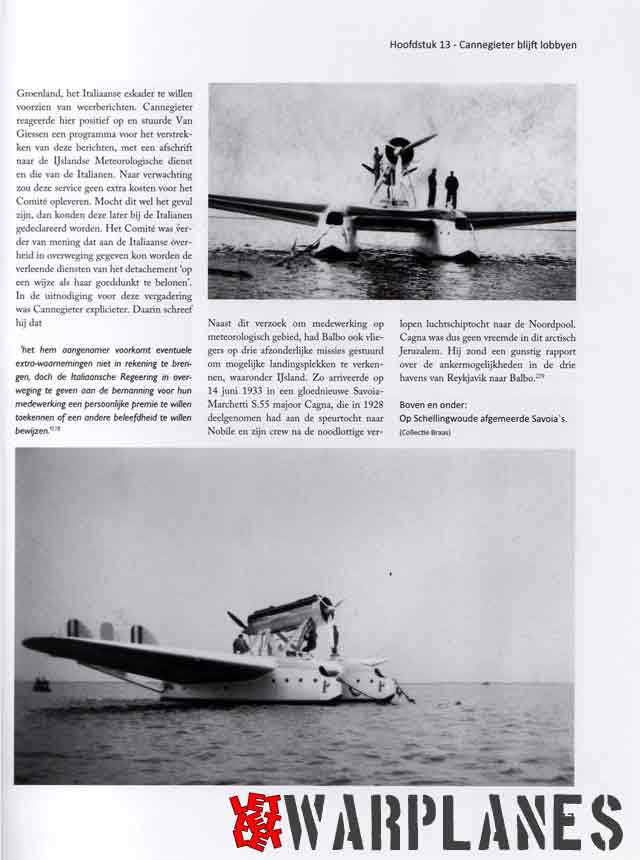
The book concludes with a number of annexes that also includes copies of the original observation documents.
The book is written in a well-readable style although knowledge of the Dutch language is an absolute requirement since there is no English summary. It contains in total 170 carefully selected and rare photographs and a number of drawings, maps and reproductions of original documents.
Rating: this book is really exciting reading giving excellent information on a lesser known piece of aviation history. HIGHLY RECOMMENDED!!
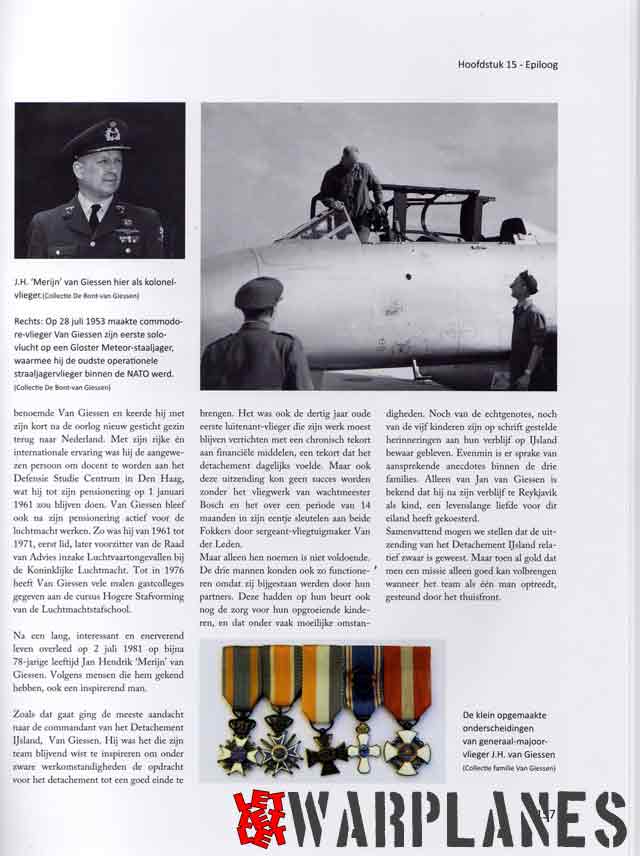
Book details:
Title: Geen laag te hoog
Author: Jacques A.C. Bartels
Publisher: Lanasta, Slenerbrink 206, 7812 HJ, Emmen-the Netherlands
Book details: hard cover, bound, A4 size on glossy paper, 192 pages
ISBN no.: 978-90-8616-127-0
Language: Dutch
Contact: www.lanasta.nl
Price: Euro 36.95 excluding P&P
Where to buy: directly at www.lanasta.nl or in specialized aviation bookshops
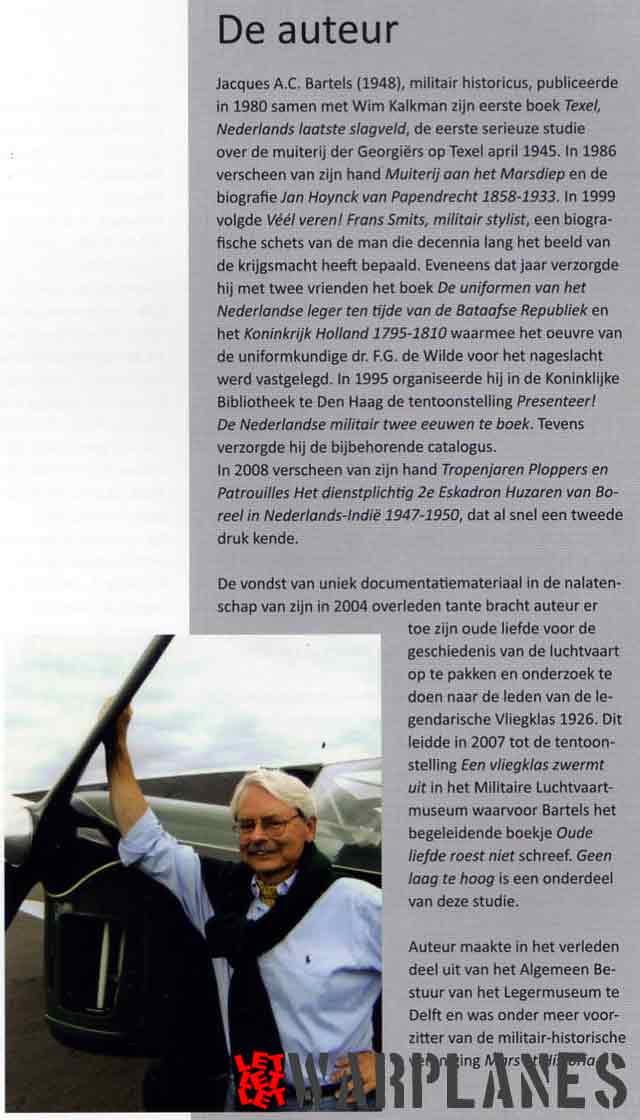
With special thanks to Jacques Bartels and to Jantinus Mulder for providing a free review copy.
Nico Braas

